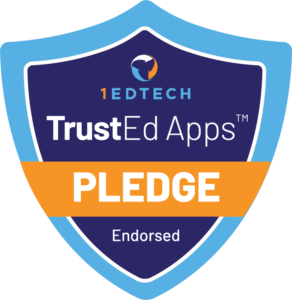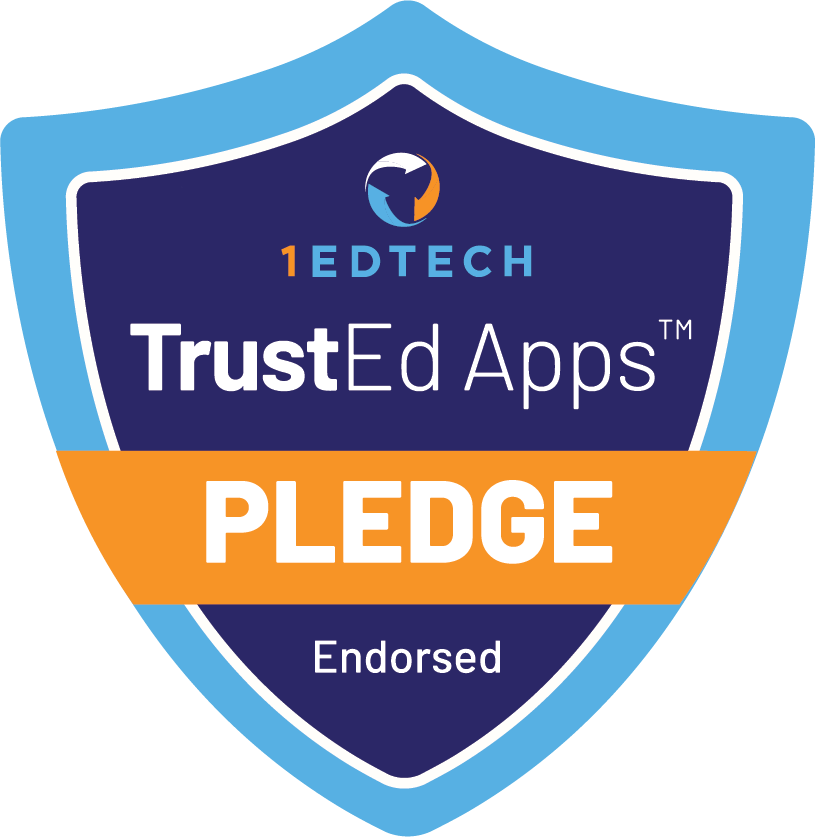Reflecting on Work-Based Learning (WBL) engagements is a critical step in ensuring the success and sustainability of the program. By encouraging students and employers to provide meaningful feedback, schools can celebrate achievements, identify areas for improvement, and continually refine the program. These reflections, coupled with recognition of successes and strategic growth, enable schools to scale their WBL programs, expand opportunities, and maintain strong, lasting partnerships with employers. Regular reflection ensures that both students and employers benefit from the program and that it continues to meet the evolving needs of the community and the workforce.






